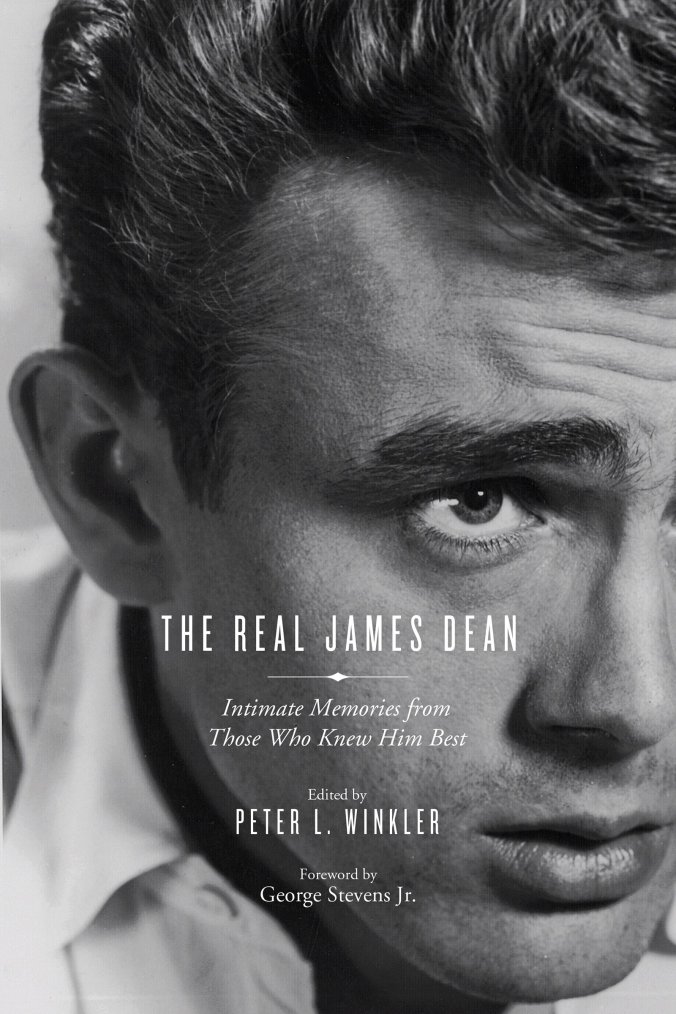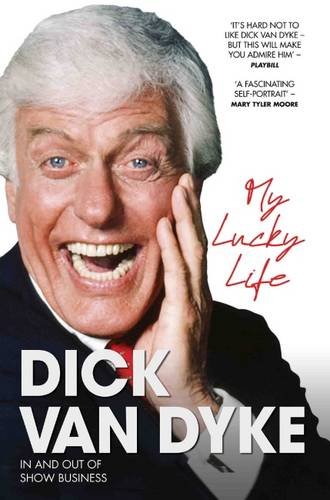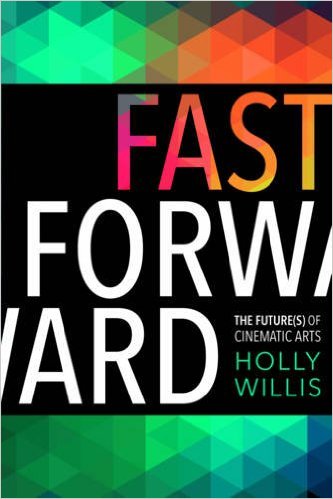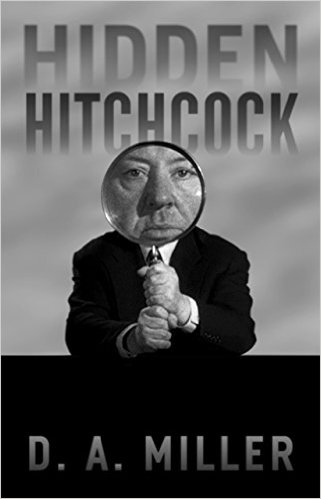
The Real James Dean: Intimate Memories from Those Who Knew Him Best, edited by Peter L. Winkler (1 Aug 2016)
In the decades following his death, many of those who knew James Dean best actors, directors, friends, lovers (both men and women), photographers, and Hollywood columnists shared stories of their first-person experiences with him in interviews and in the articles and autobiographies they wrote. Their recollections of Dean became lost in fragile back issues of movie magazines and newspapers and in out-of-print books that are extremely hard to find. Until now.”The Real James Dean” is the first book of its kind: a rich collection spanning six decades of writing in which many of the people whose lives were touched by Dean recall their indelible experiences with him in their own words. Here are the memorable personal accounts of Dean from his high school and college drama teachers; the girl he almost married; costars like Rock Hudson, Natalie Wood, Jim Backus, and Raymond Massey; directors Elia Kazan, Nicholas Ray, and George Stevens; entertainer Eartha Kitt; gossip queen Hedda Hopper; the passenger who accompanied Dean on his final, fatal road trip; and a host of his other friends and colleagues.

My Lucky Life In and Out of Show Business by Dick Van Dyke (3 Aug 2016)
Dick Van Dyke, indisputably one of the greats of the golden age of television, is admired and beloved by audiences the world over for his beaming smile, his physical dexterity, his impeccable comic timing, his ridiculous stunts, and his unforgettable screen roles. His trailblazing television programme, The Dick Van Dyke Show, was one of the most popular sitcoms of the 1960s and introduced another major television star, Mary Tyler Moore, it also won fifteen Primetime Emmy Awards. But Dick Van Dyke was also an enormously engaging movie star whose films, including Mary Poppins and Chitty Chitty Bang Bang, have been discovered by each new generation of fans and are as beloved today as when they first appeared. Who doesn’t know the word ‘supercalifragilisticexpialidocious’? A colourful, loving, richly detailed look at the decades of a multi-layered life, My Lucky Life In and Out of Show Business will enthral every generation of reader, from baby-boomers who recall when Rob Petrie became a household name, to all those still enchanted by Bert’s ‘Chim Chim Cher-ee’. This is a lively, heart-warming memoir of a performer who still thinks of himself as a ‘simple song-and dance man’, but who is, in every sense of the words, a classic entertainer.

Fast Forward: The Future(s) of Cinematic Arts by Holly Willis (16 Aug 2016)
Cinema, the primary vehicle for storytelling in the twentieth century, is being reconfigured y new media in the twenty-first. Terms such as “worldbuilding,” “virtual reality,” and “transmedia” introduce new methods for constructing a screenplay and experiencing and sharing a story. Similarly, 3D cinematography, hypercinema, and visual effects require different modes for composing an image, and virtual technology, motion capture, and previsualization completely rearrange the traditional flow of cinematic production. What does this mean for telling stories? Fast Forward answers this question by investigating a full range of contemporary creative practices dedicated to the future of mediated storytelling and by connecting with a new generation of filmmakers, screenwriters, technologists, media artists, and designers to discover how they work now, and toward what end. From Chris Milk and Aaron Koblin’s exploration of VR spherical filmmaking to Rebeca Mendez’s projection and installation work exploring climate change to the richly mediated interactive live performances of the collective Cloud Eye Control, this volume captures a moment of creative evolution and sets the stage for imagining the future of the cinematic arts.

Hidden Hitchcock by D. A. Miller (24 Aug 2016)
No filmmaker has more successfully courted mass-audience understanding than Alfred Hitchcock, and none has been studied more intensively by scholars.In “Hidden Hitchcock,” D. A. Miller does what seems impossible: he discovers what has remained unseen in Hitchcock s movies, a secret style that imbues his films with a radical duplicity.
Focusing on three films “Strangers on a Train,” “Rope,” and “The Wrong Man” Miller shows how Hitchcock anticipates, even demands a Too-Close Viewer. Dwelling within us all and vigilant even when everything appears to be in good order, this Too-Close Viewer attempts to see more than the director points out, to expand the space of the film and the duration of the viewing experience.And, thanks to “Hidden Hitchcock,” that obsessive attention is rewarded. In Hitchcock s visual puns, his so-called continuity errors, and his hidden appearances (not to be confused with his cameos), Miller finds wellsprings of enigma.
“Hidden Hitchcock” is a revelatory work that not only shows how little we know this best known of filmmakers, but also how near such too-close viewing comes to cinephilic madness.

Beat by Beat: A Cheat Sheet for Screenwriters by Todd Klick (25 Aug 2016)
This groundbreaking guide describes six seemingly different popular movies and genres (Skyfall, The Avengers, The Hangover, A Beautiful Mind, The Conjuring, Gone Girl) and shows screenwriters how they all follow the exact same 120 Universal Story Beats minute by minute. The book also reveals the top 10 archetypes they use, and where and why the Inciting Incident, Act 2 & 4 Quests, Midpoints, and the other five main Turning Points happen in all successful movies.